Out of boundsShutterstock src=https://s.yimg.com/ny/api/res/1.2/kXTy2KaMTsSmvZYdVSiZYQ–/YXBwaWQ9aGlnaGxhbmRlcjt3PTk2MDtoPTYxOQ–/https://media.zenfs.com/en/loveexploring_uk_835/46c1694fd9114dc339643f682703a11d>
Although the UK is home to countless places that warmly welcome visitors, there are still many sites that remain off limits. From inaccessible islands and ancient monuments to royal residences and even a prison garden, this gallery explores locations that are beautiful, historically significant, or simply fascinating – yet largely closed to the public.
Read on to see photos of places that you’ll probably never see in person…
Buckingham Palace, London, EnglandCowardlion/Shutterstock src=https://s.yimg.com/ny/api/res/1.2/ENzMTeu6bpMTuvdXyVfNpQ–/YXBwaWQ9aGlnaGxhbmRlcjt3PTk2MDtoPTYxOQ–/https://media.zenfs.com/en/loveexploring_uk_835/c1878a859f99a8a6d1ba251802a2ac19>
As the administrative centre of the United Kingdom’s Head of State, many of Buckingham Palace’s offices house confidential files, alongside priceless art, furnishings and historical artefacts.
It’s no surprise, then, that public access is limited to guided tours only. One place you absolutely can’t go is the monarch’s private quarters –although that didn’t stop Michael Fagan, who in 1982 climbed over the barbed wire-topped perimeter wall, up a drainpipe and into the Queen’s bedroom.
Highgrove House, Gloucestershire, England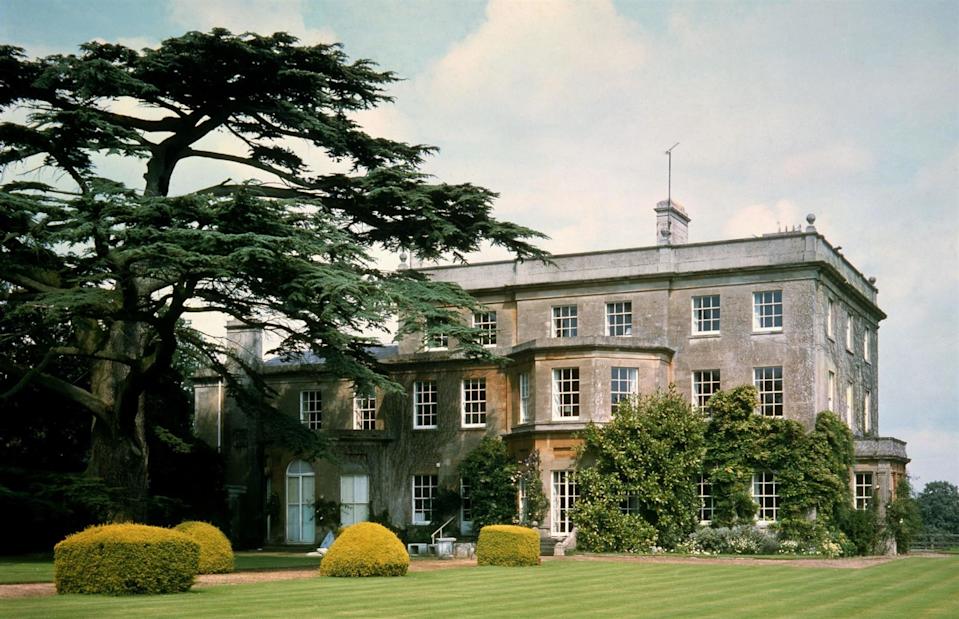
Smith Archive/Alamy Stock Photo
Since 1980, King Charles III has dedicated considerable time and energy to transforming this 18th-century property’s gardens into a distinctive and much-admired space. Today, the gardens are open to visitors for guided group tours and special events held throughout the year.
However, Highgrove House itself remains the private residence of Their Majesties The King and Queen Camilla, and is not open to the public. The estate is owned by the Duchy of Cornwall, and public access is limited to the gardens and associated visitor events.
Cheddar Reservoir, Somerset, Englandcparrphotos/Shutterstock src=https://s.yimg.com/ny/api/res/1.2/6MygLQQ4VAl.2UpxXfJAGg–/YXBwaWQ9aGlnaGxhbmRlcjt3PTk2MDtoPTYxOQ–/https://media.zenfs.com/en/loveexploring_uk_835/434ff245bc9ce2797369446c3bde7bec>
The picturesque Cheddar Reservoir has faced a number of temporary closures in recent years, often due to rising levels of anti-social behaviour, littering and safety concerns.
While a permanent closure would be a last resort, Bristol Water has emphasised that the reservoir is intended for walking and wildlife enjoyment only. Swimming is strongly discouraged, as the reservoir contains hidden machinery, strong currents and concrete structures beneath the surface, making it hazardous.
10 Downing Street, London, England
Johnny Greig/Alamy Stock Photo
Thanks to press conferences – and films like Love Actually – most of us have a rough idea of what the inside of 10 Downing Street looks like. But unless you receive a very special invitation, it’s rare for members of the public to get beyond the security gate at the end of the street, let alone step through the famous black door.
Wollerton Old Hall, Wollerton, Market Drayton, Shropshire, England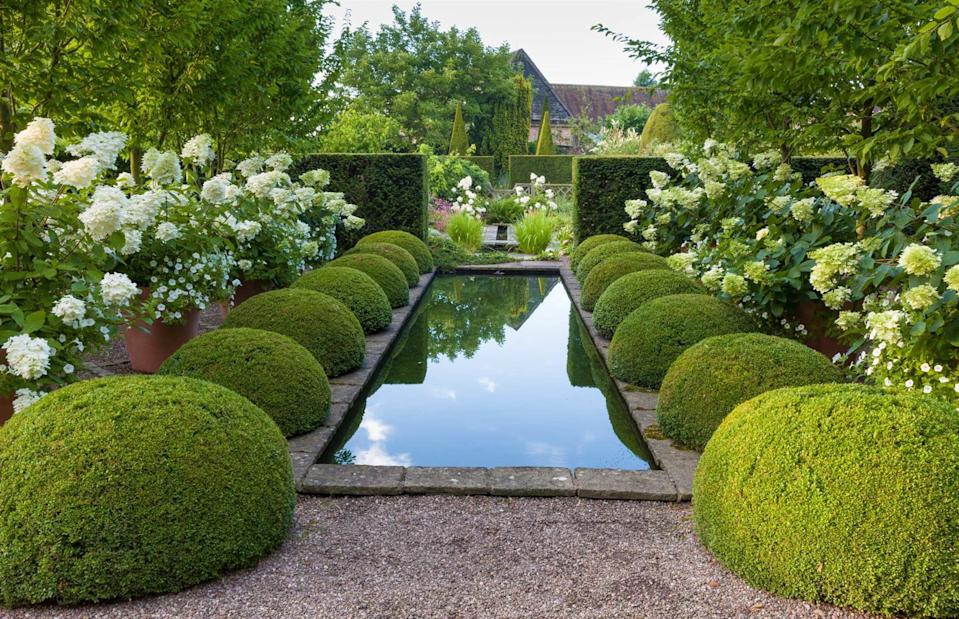
Joe Wainwright Photography/National Garden Scheme
Set behind high hedges in the north Shropshire countryside, the 16th-century Wollerton Old Hall remains firmly off-limits to the public. Privately owned and not open for tours, the house itself can only be glimpsed from the surrounding grounds.
Yet the Hall provides an elegant backdrop to one of England’s most celebrated gardens – a richly planted, three-acre space described as ‘a world-class example of an English garden’, where salvias, clematis and roses flourish in what the owners call ‘controlled exuberance’.
Bank of England vaults, London, England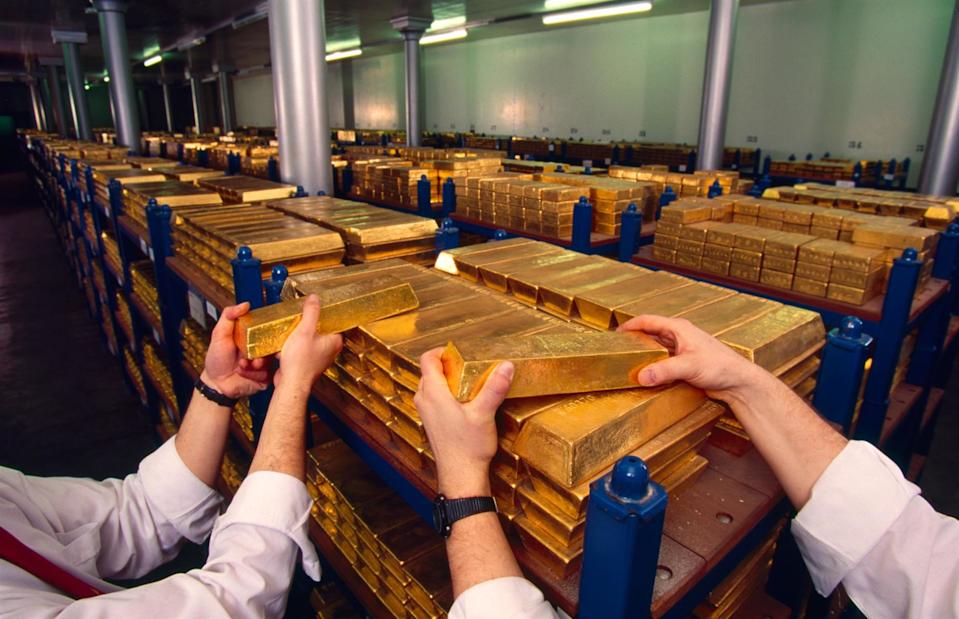
David Levenson/Alamy Stock Photo
Beneath Threadneedle Street in the City of London lies one of the most secure sites in the country: the Bank of England’s gold vaults, holding around 4,600 tonnes (5,000 tons) of gold.
As a critical part of both the UK’s and the global financial system, the vaults are, unsurprisingly, off-limits to the public. The closest most people will get is through a virtual tour, available via the Bank of England’s official app and website.
Balmoral Castle, Aberdeenshire, Scotland
Balmoral Castle, set in the heart of the Scottish Highlands, opens its grounds, gardens and exhibitions to the public each year from 1 April to 10 August. During this period, the only room inside the castle typically accessible is the Ballroom, which hosts a seasonal exhibition.
In 2024, however, a limited number of guided tours offered rare access to additional rooms used by the Royal Family – a historic first that sold out quickly. The estate is closed for the rest of the year, with access highly restricted, particularly during the Royal Family’s annual late summer stay.
Fairdene Gallery Garden, Montgomery, Powys, Wales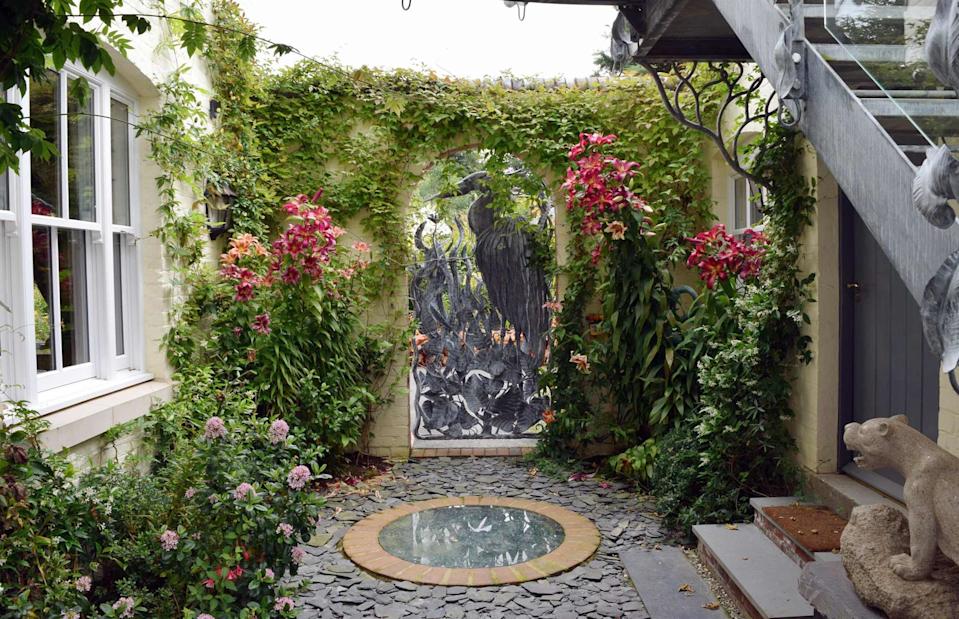
This private garden and gallery belong to artist Frieda Hughes, daughter of poets Ted Hughes and Sylvia Plath. Developed over more than 20 years, the garden has been entirely designed and planted by Frieda herself, reflecting her love of harmonious colour schemes and her passion for creating striking metalwork sculptures.
Although usually private, the garden will open to the public as part of the National Garden Scheme on 25 June and 16 July 2025. These special events will include a garden tour and a talk by Frieda.
HMP Thorn Cross, Warrington, England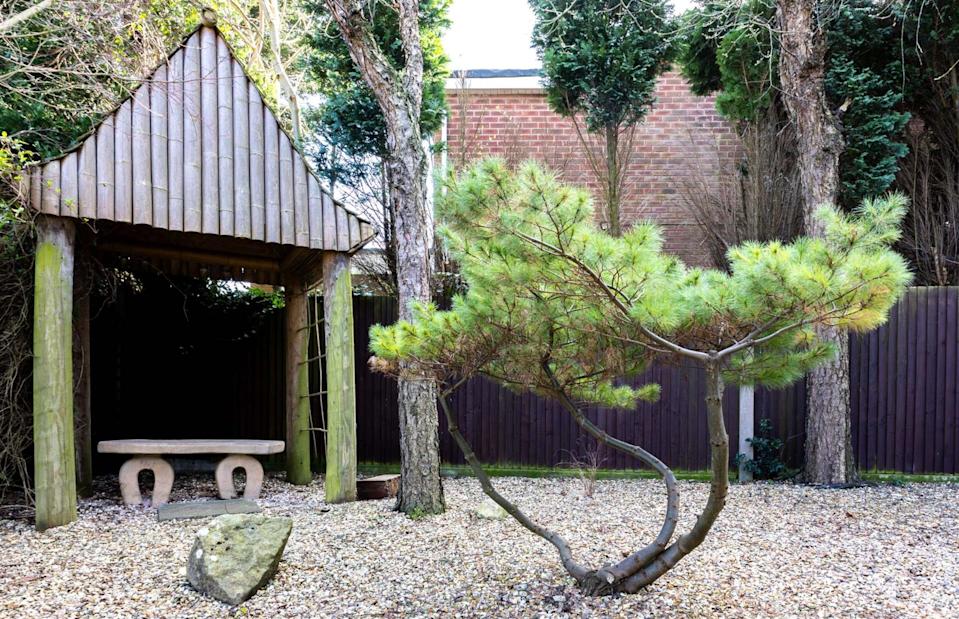
Liz Mitchell/National Garden Scheme
For understandable reasons, the expansive grounds of open prison HMP Thorn Cross are usually closed to the public. However, as part of the National Garden Scheme, the prison’s award-winning landscape – meticulously maintained by the inmates – will open on a limited, ticketed basis during summer 2025.
Visitors will have the rare opportunity to explore the impressive gardens, which are home to beehives, ducks, newts and a variety of bird species, offering a unique insight into the role of horticulture in rehabilitation.
London Array, off the coast of Kent, England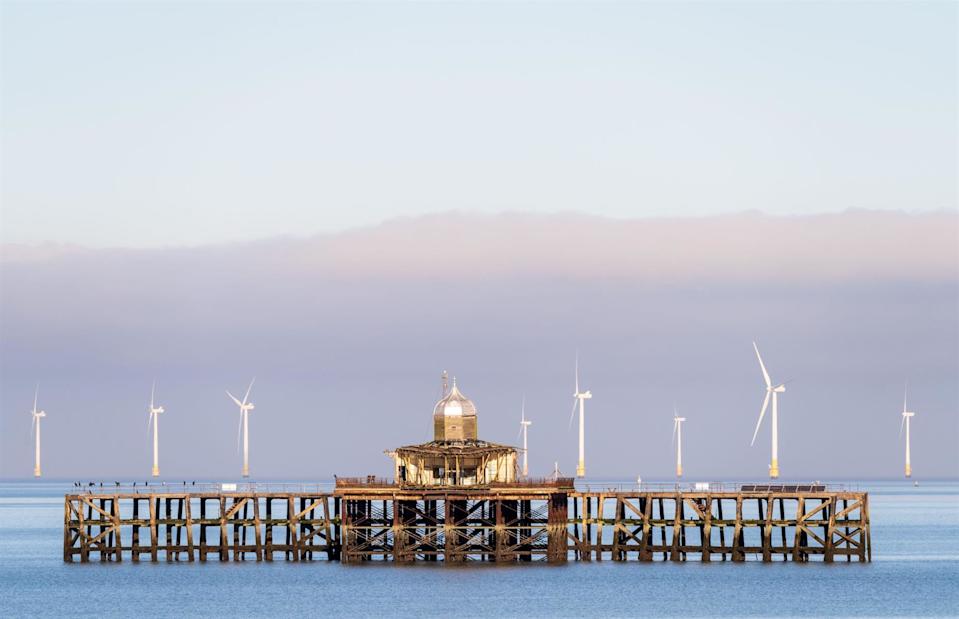
Malcolm Fairman/Alamy Stock Photo
One of the largest offshore wind farms in the world, the London Array is located around 12.5 miles (20km) off the Kent coast in the outer Thames Estuary. Consisting of 175 turbines, it generates enough electricity to power around half a million homes.
Although it’s an impressive sight – particularly at sunset – its purpose is purely functional. Access to the site is restricted to authorised personnel, with vessels operating out of the Port of Ramsgate for maintenance and operational needs. The wind farm is not open to the public.
The Keys Pub, Tower of London, London, England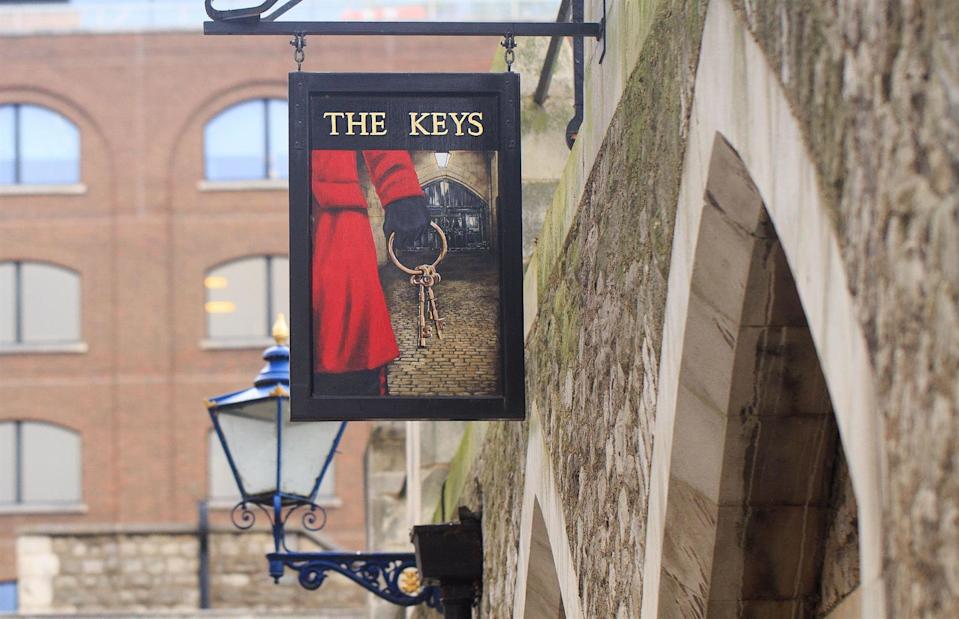
Paula Joyce/Alamy Stock Photo
Guarding the Crown Jewels and keeping the ravens from flying off may be iconic duties, but they’re also thirsty work. Fortunately for the Yeoman Warders – better known as Beefeaters – they have their own private pub tucked within the Tower of London.
Known as The Keys (formerly the Yeoman Warders’ Club), the pub is strictly for serving warders and their invited guests. Beefeaters take turns behind the bar to serve exclusive brews like ‘Yeoman 1485’ and ‘Beefeater Bitter’. With such history and exclusivity, it’s no surprise that even celebrities try to wrangle an invitation.
Howardian Hills, North Yorkshire, England
The Howardian Hills may look like classic walking country, with their patchwork of farmland, wooded valleys and sleepy stone villages, but much of this landscape remains off-limits. Despite being designated a National Landscape (formerly an Area of Outstanding Natural Beauty), the area has very little open access land.
Most of the 79 square miles (204sq km) are privately owned, meaning visitors are largely restricted to public footpaths and bridleways that skirt around – rather than through – some of its most scenic stretches.
Queen Street Gardens, Edinburgh, Scotland
Brian McNeil/Wikimedia Commons
Edinburgh has a number of large green spaces that remain entirely off-limits to the public. Many of its most exclusive neighbourhoods are built around private communal gardens, accessible only to residents. The largest is the 12-acre Regent, Royal and Carlton Terrace Gardens on Calton Hill – roughly the size of 20 football pitches.
Others include Queen Street Gardens, Dean Gardens, the Moray Feu Gardens and the private spaces at Charlotte Square and Drummond Place. Most remain closed year-round, opening only occasionally for special events.
Gunby Hall and Gardens, Lincolnshire, England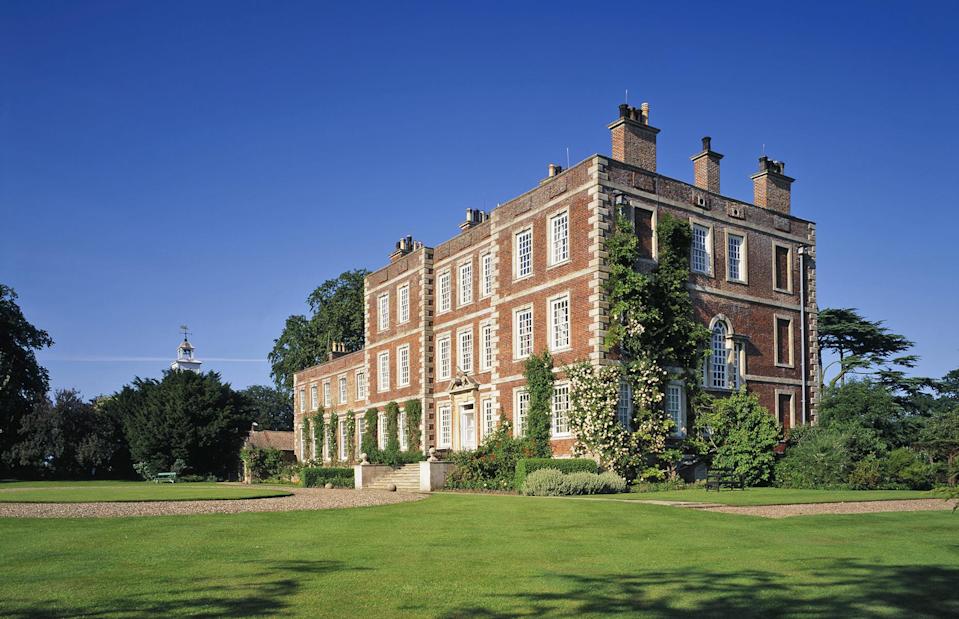
The National Trust Photolibrary/Alamy Stock Photo
A garden that is usually closed but will open its gates as part of the National Garden Scheme is Gunby Hall in Lincolnshire. Built in 1700 by Sir William Massingberd, this fine red-brick house was described by Tennyson as ‘a haunt of ancient peace’.
The gardens include herbaceous borders, rose beds, a working kitchen garden, fish pond and wildflower area. They will be open to the public for one day only this summer – 27 July.
Instow Beach, Devon, England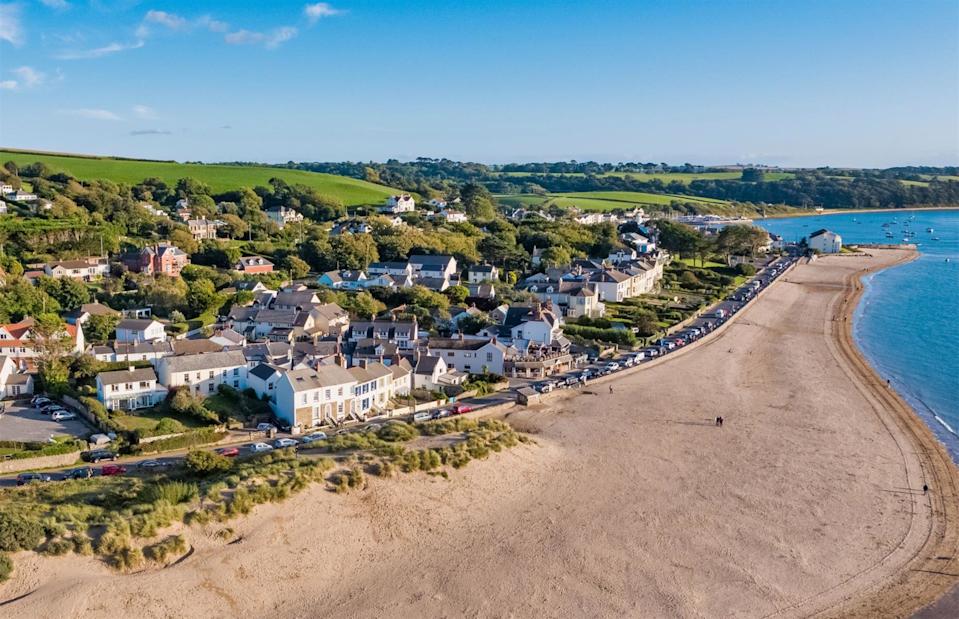
Robert Harding Video/Shutterstock
While the UK is home to many beautiful beaches, not all stretches of coastline are safe for swimming – with some even closed to the public. Instow Beach in Devon has long been designated unsuitable for bathing, with official advice warning against entering the water.
In recent years, winter storms have caused significant movement of sand and dunes, along with flooding that has affected the Marine Parade seafront. Until measures are put in place to better manage these risks, the area is best avoided by visitors.
Lincolnshire Wolds, England
The UK’s 46 National Landscapes (formerly known as Areas of Outstanding Natural Beauty) are among the nation’s most celebrated protected areas. However, unlike their larger counterparts – the National Parks – many have a low percentage of land designated as public access.
One example is the picturesque Lincolnshire Wolds, where just 17 acres are classified as access land with a public right of way, making much of this rolling countryside accessible only via designated footpaths and bridleways.
Transport for London Lost Property Office, Baker Street, London, England
Ashok Saxena/Alamy Stock Photo
Each year, around a quarter of a million items are left on London’s public transport. But where do they end up? Beneath the streets of NW1, a warren of underground rooms is packed with an astonishing variety of lost property – from forests of umbrellas and towers of phones to urns containing ashes and even Viking swords.
Tempting as it might be, don’t try leaving something on the Tube to gain entry though – the public is only allowed access to the reception area upstairs, where lost items can be reclaimed through the proper channels.
Stonehenge, Wiltshire, EnglandDave0/Shutterstock src=https://s.yimg.com/ny/api/res/1.2/v1lkWUALYoSMyrLjdBWZzw–/YXBwaWQ9aGlnaGxhbmRlcjt3PTk2MDtoPTYxOQ–/https://media.zenfs.com/en/loveexploring_uk_835/8a08b523ec31aa187a777bede06300e2>
Although Stonehenge is one of the UK’s most iconic attractions, regular visitors are not permitted to walk among the stones. Instead, access is limited to a designated path that loops around the monument, separated by a low rope barrier.
These restrictions are in place to protect the site from damage, including past instances of erosion, vandalism and souvenir hunting. The last time the general public was allowed to touch the stones as part of a standard visit was in 1977.
Gardyne Castle, Angus, Scotland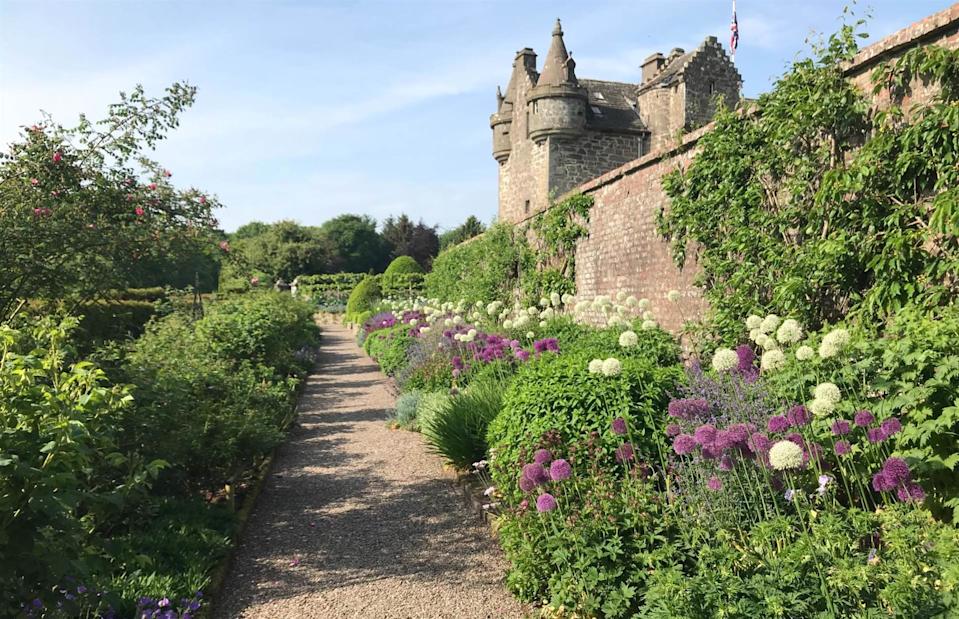
Scotland’s Gardens Scheme
Sixteenth-century Gardyne Castle is one of the most picturesque small castles on the east coast of Scotland. Once at the centre of a turbulent feud with the neighbouring Guthrie family, it now stands at the heart of a beautifully designed garden.
Still a private family home and not a public attraction, Gardyne Castle is normally closed to visitors. However, on 21 June 2025, the gardens will open to the public for one day only as part of Scotland’s Gardens Scheme, with entry available for just £6 ($7.50).
The McKelvey Garden, Newry, Northern Ireland
Another garden opening its gates for the National Garden Scheme is the beautiful McKelvey Garden, located in the 18th-century linen village of Bessbrook. Usually closed to the public, the garden will be open for two days in June, and from May to August by arrangement, for groups of up to 50 people.
Visitors can look forward to exploring a connoisseurs’ garden in a charming village setting, featuring snowdrops, alpine crevice beds, a wide variety of salvias and an extensive clematis collection.
Inishdooey Island, County Donegal, Northern Ireland
Joseph Mischyshyn/Wikimedia Commons
This image shows Meenlaragh Pier in County Donegal, the departure point for ferries to Tory Island, visible in the background alongside Inishbofin and Inishdooey.
The latter is a 94-acre uninhabited island, accessible only by boat or helicopter when weather permits. If you plan to visit, you’ll need to track down the current owner and obtain permission, as it remains privately owned.
ZSL London Zoo animals’ kitchen, Regent’s Park, London, England
Well over one million people visit London Zoo each year, but there’s one area that regular visitors don’t see – the animals’ dedicated kitchen. Behind the scenes, chalkboards line the walls with species-specific recipes, and giant bins overflow with fresh fruit and vegetables, delivered daily from Covent Garden Market.
Although the kitchen itself is strictly off-limits to the public, the zoo occasionally hosts ‘Feeding Time at the Zoo’ events, offering visitors a closer look at how mealtimes are managed for some of the zoo’s 400+ species.
Wester Craigfoodie, Fife, Scotland
Scotland’s Gardens Scheme
Our final ‘out of bounds’ location is another private garden that opens to the public for one day only – on 20 July 2025 – as part of Scotland’s Gardens Scheme. Nestled beneath Craiglug, Wester Craigfoodie enjoys an elevated position that affords spectacular views across to St Andrews, its famous Links and the sea beyond.
The organic, no-dig walled garden, set beside a Category B-listed house, is designed in wind-resistant ‘rooms’ planted with perennials, shrubs and fruit trees, making it a peaceful and thoughtfully curated space rarely seen by the public.
Now discover the world’s incredible places that are off limits
